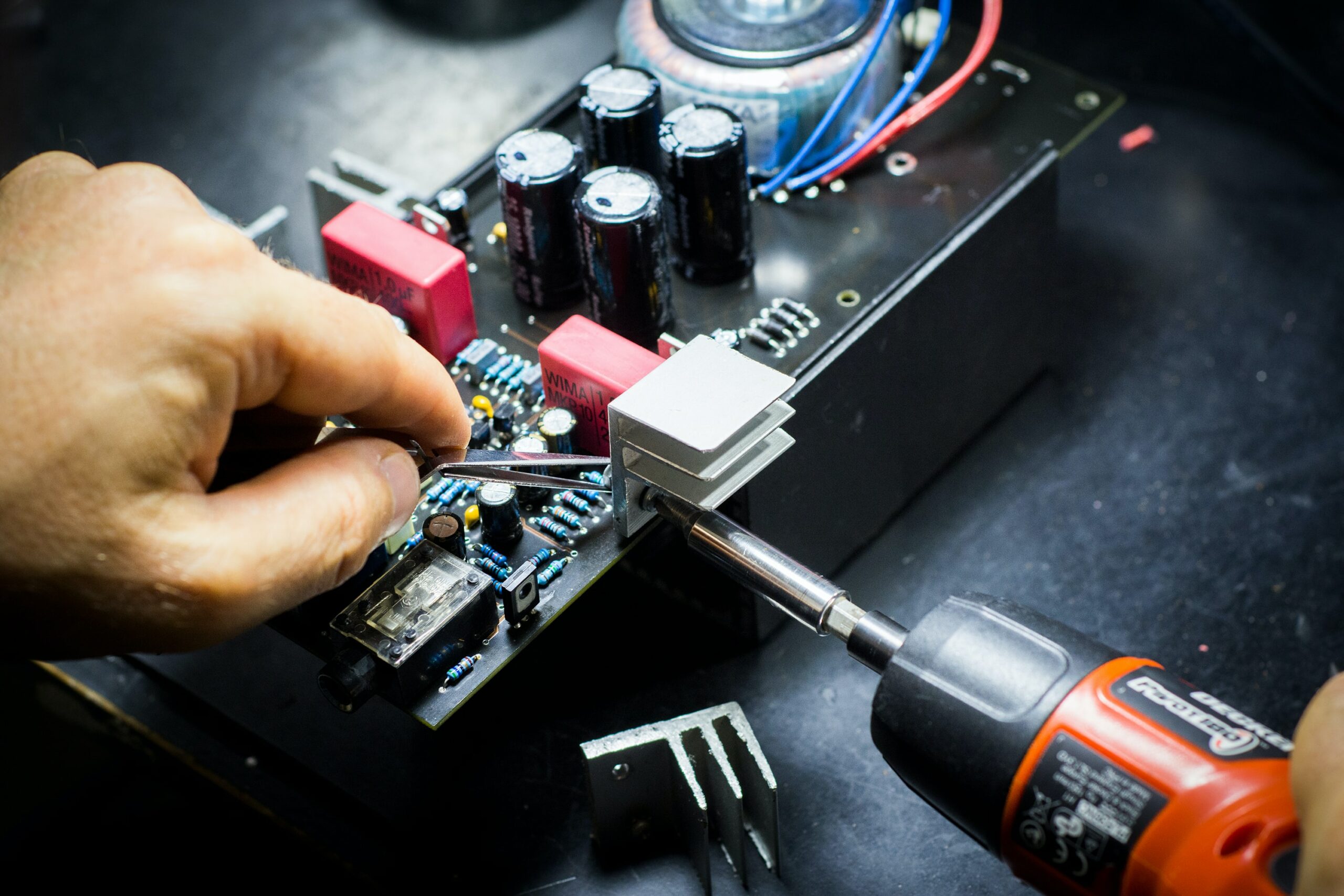The right-to-repair movement has been in the news lately. Right-to-repair advocates argue that, if you buy a product, you should be allowed to repair it if it becomes nonfunctional. Further, companies should be required to provide manuals, instructions and tools — particularly software tools — that make repair possible. Companies are resistant to complying with requests for many reasons. Money is one reason, since if a product no longer functions, then consumers will have to buy another. Protecting trade secrets and intellectual property is another reason. Copyrights, trade secrets and patents protect the inner workings of devices like smartphones and tablets. Right-to-repair issues are, of course, not limited to electronics. With respect to farm machinery, automobiles and related products, there has been a long-running battle between manufacturers and consumers over the ability to repair the machines.
Interestingly enough, a few decades ago there was a similar right-to-repair fight with respect to patent law. Patent owners claimed that repairing a product was patent infringement. However, the courts eventually held that patent owners gave an implied license to their customers that allowed repair and refurbishment as long as the product was not completely rebuilt or reconstructed. One relatively famous case is Hewlett-Packard v. Repeat-O-Type Stencil, 123 F. 3d 1445 (Fed. Cir. 1997). That case held that it was NOT patent infringement for users to refill ink cartridges for use in Hewlett-Packard (“HP”) printers. HP owned the patents on the cartridges and argued that refilling them and adding new seals was a “reconstruction” of the product, not a “repair.” The court disagreed. It is likely that cases like Hewlett-Packard will be cited by courts when right-to-repair advocates are litigating these issues.
There has been good news for the right-to-repair movement lately. As reported here, the Federal Trade Commission (“FTC”) has voted to begin drafting new regulations that would ban manufacturers from having strict repair restrictions. Further, as reported elsewhere, the White House has officially backed the right-to-repair movement. giving verbal and legal support to the FTC. As further reported, Apple, Inc., will now begin offering parts, software tools and manuals to support repair of some of their products.
In related news, the Librarian of the Library of Congress has recently expanded the definition of “fair use” with respect to copyrights. Generally, copyright laws deem it infringement to “circumvent a technological measure that effectively controls access to” parts of a device where copyrighted material is located and access to the software. See 17 U.S.C. § 1201. But, the Librarian has stated that a “fair use” exception to this general rule exists when a user circumvents a security measure if the purpose is to repair or conduct maintenance on the device. This is welcome news for the right-to-repair movement since so many products now contain electronics and software. Previously, any attempt to access the software to repair the device or product put the user at risk of being sued for copyright infringement.
For more information, contact the trusted internet lawyers and patent lawyers at Revision Legal at 231-714-0100.




